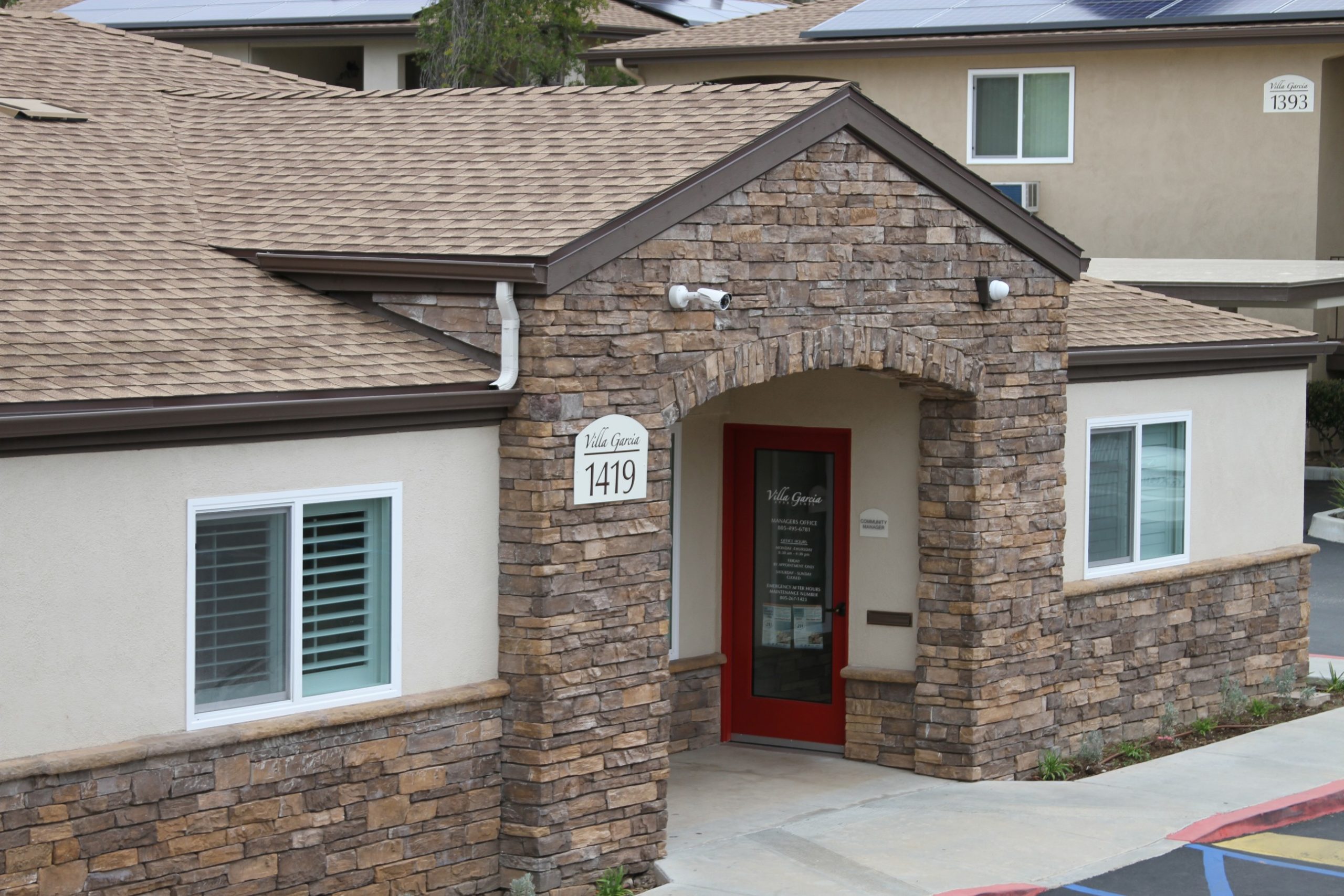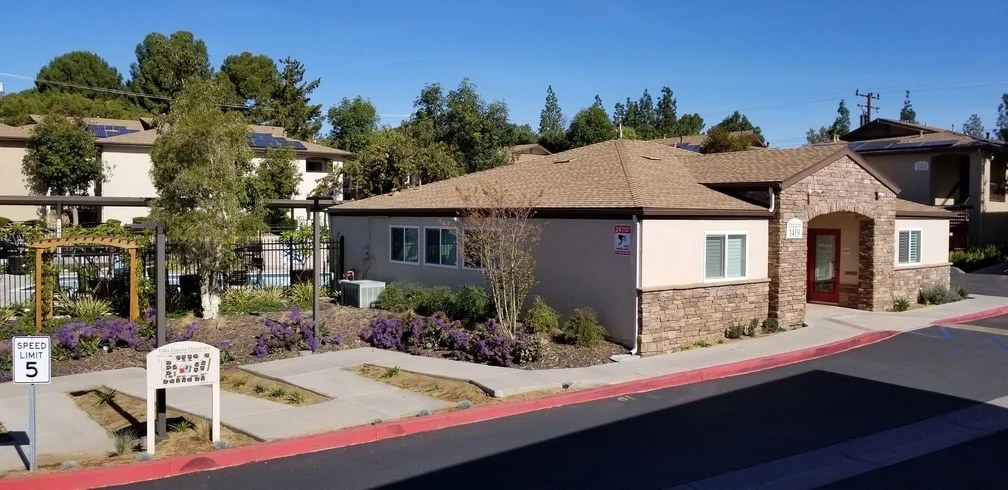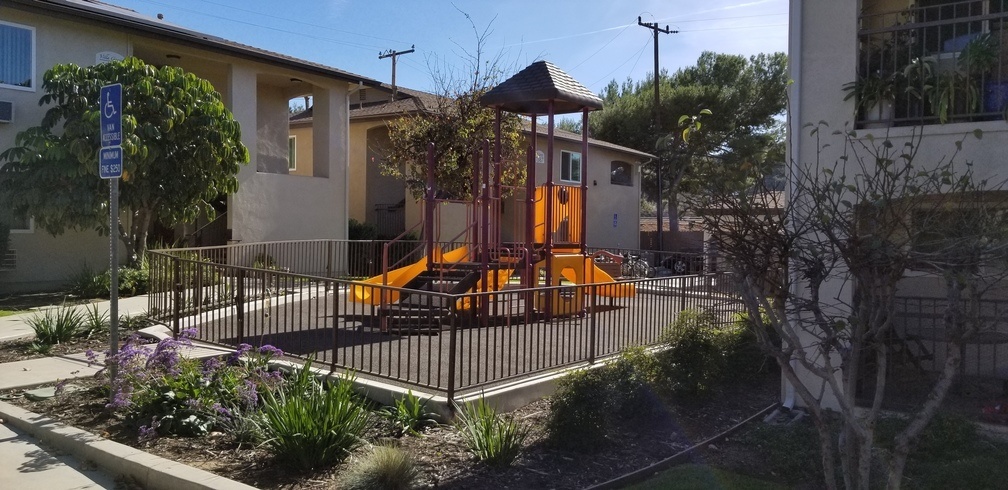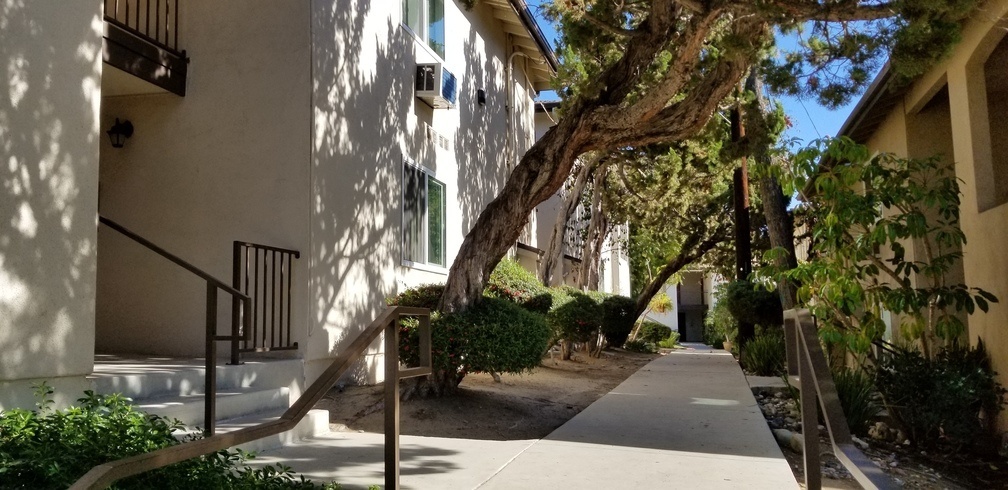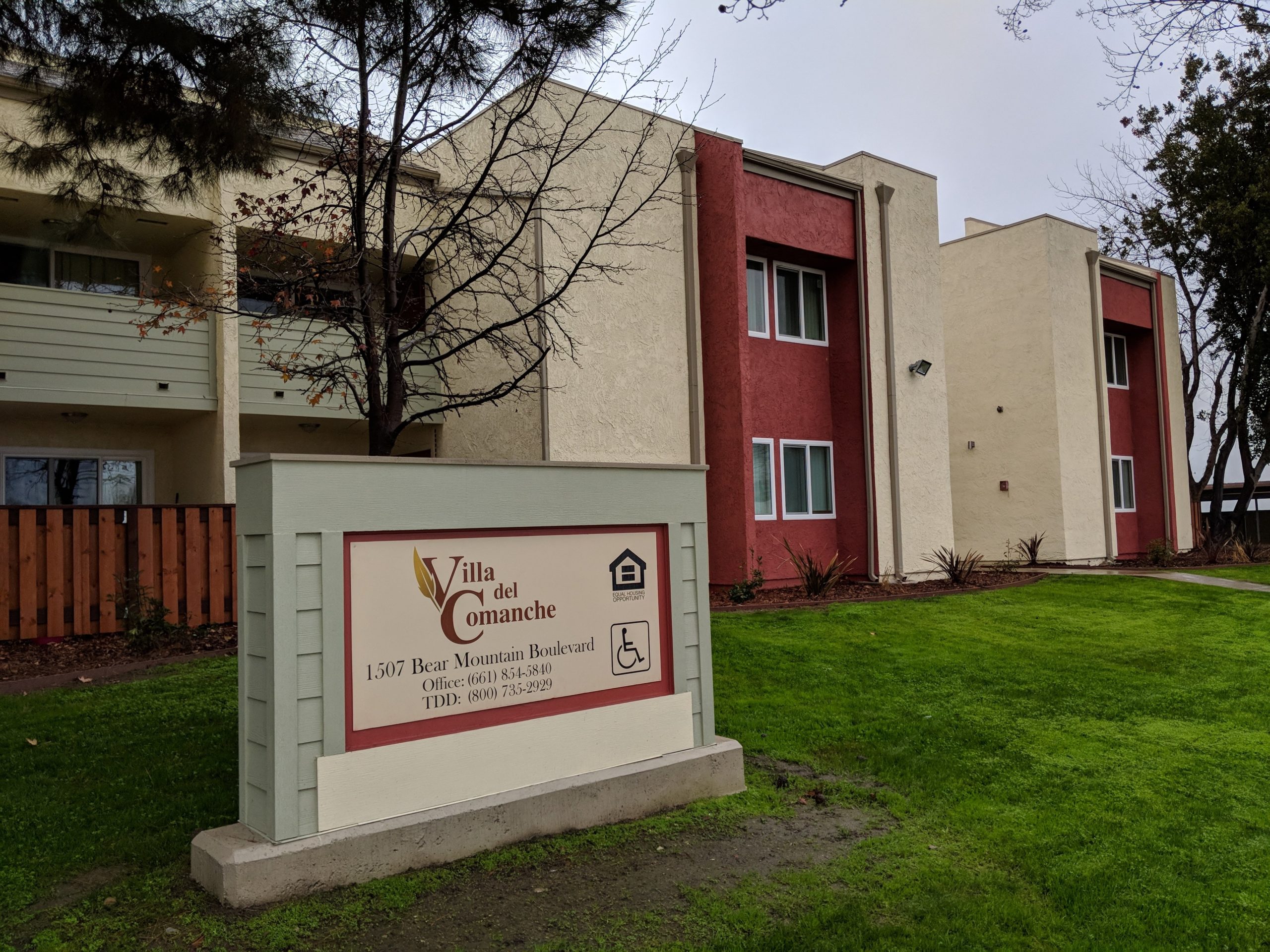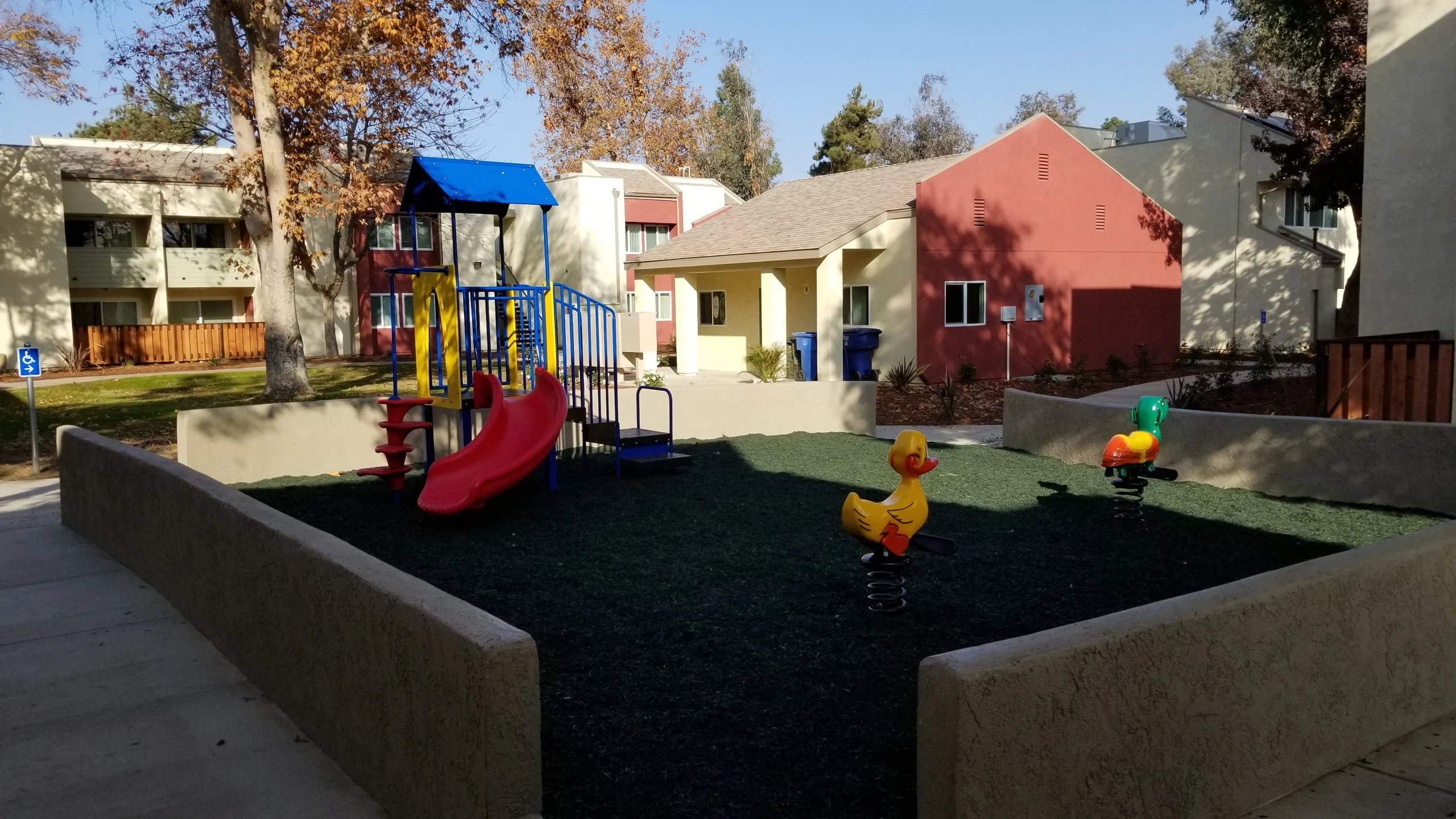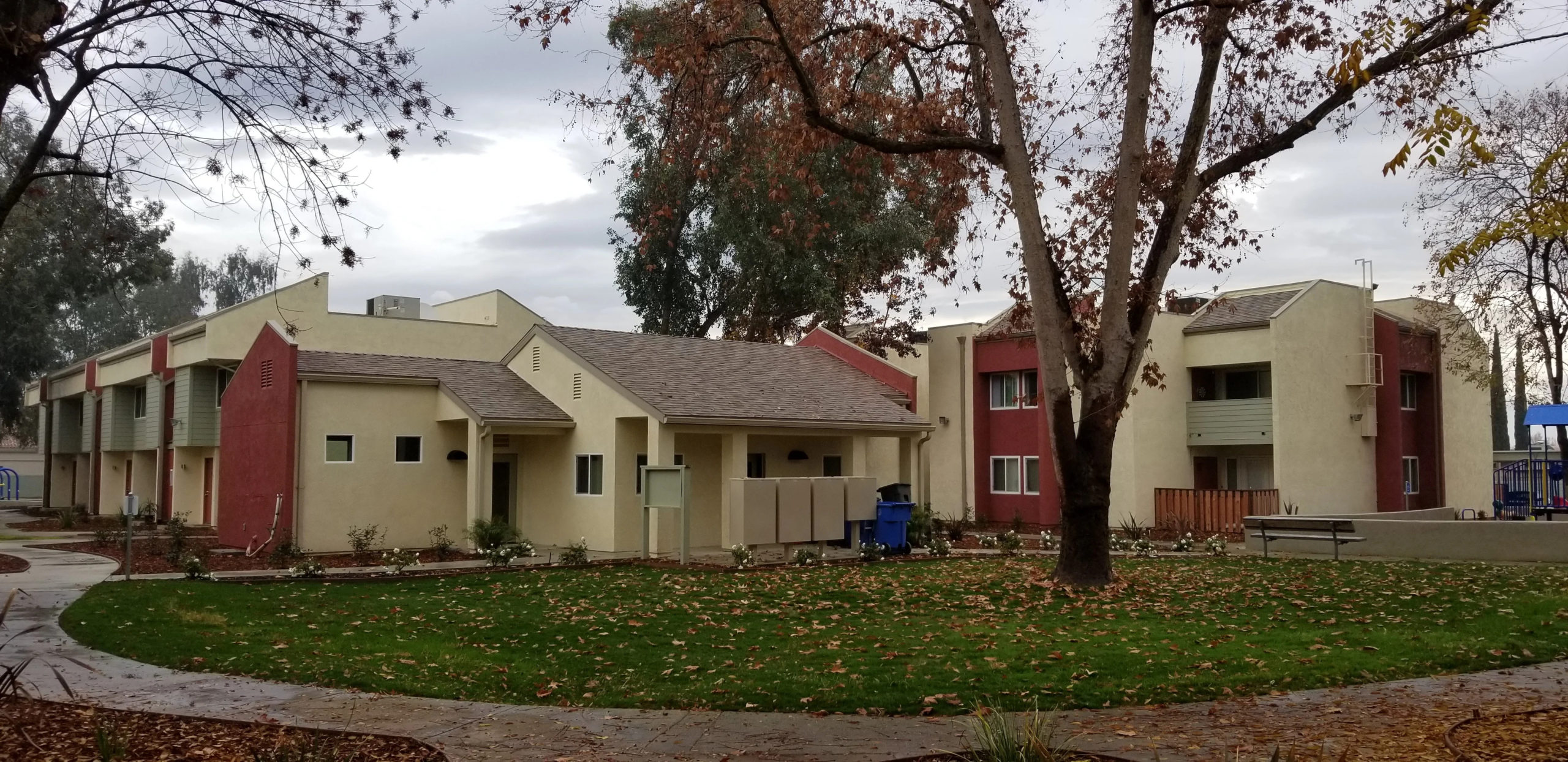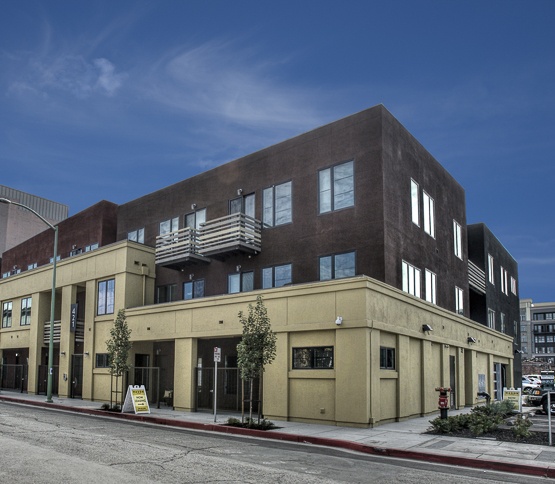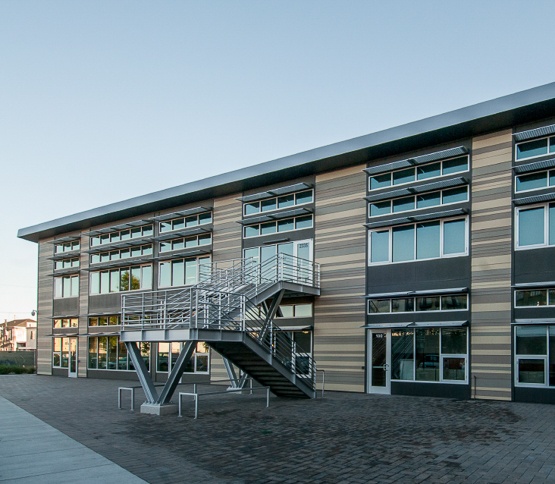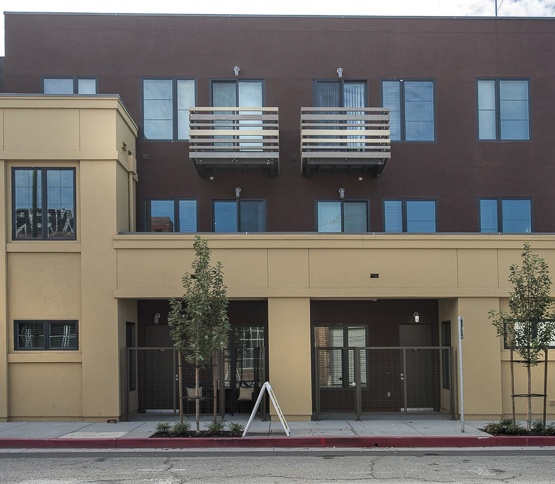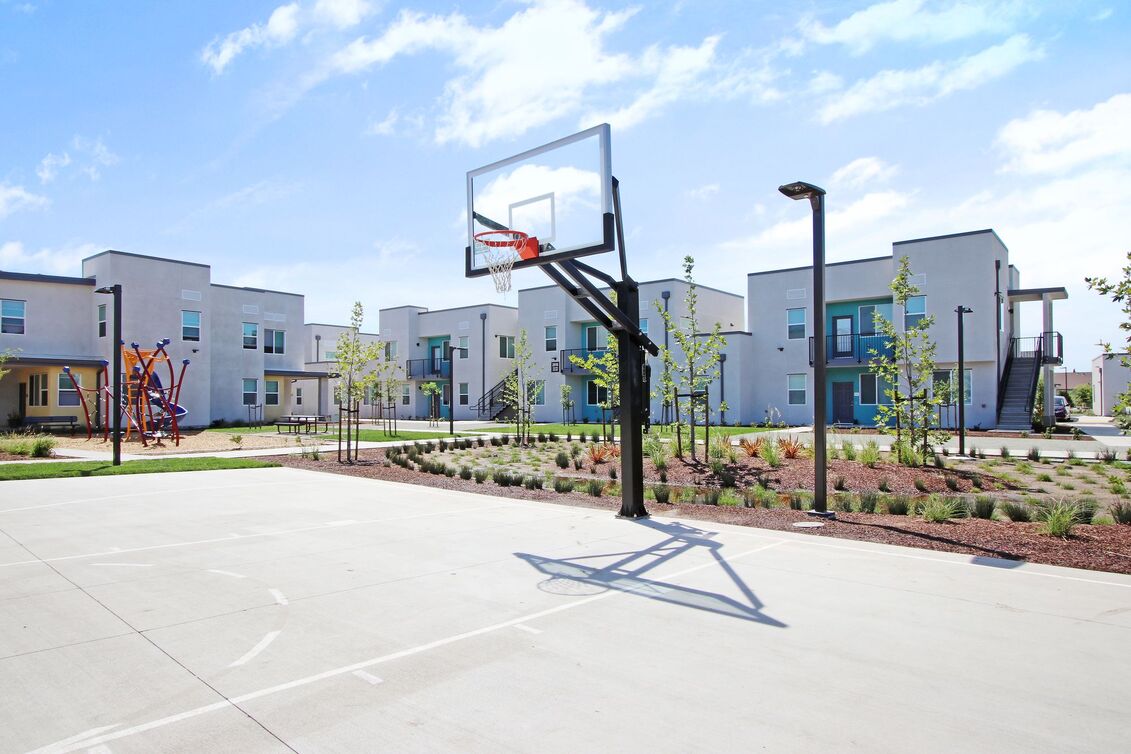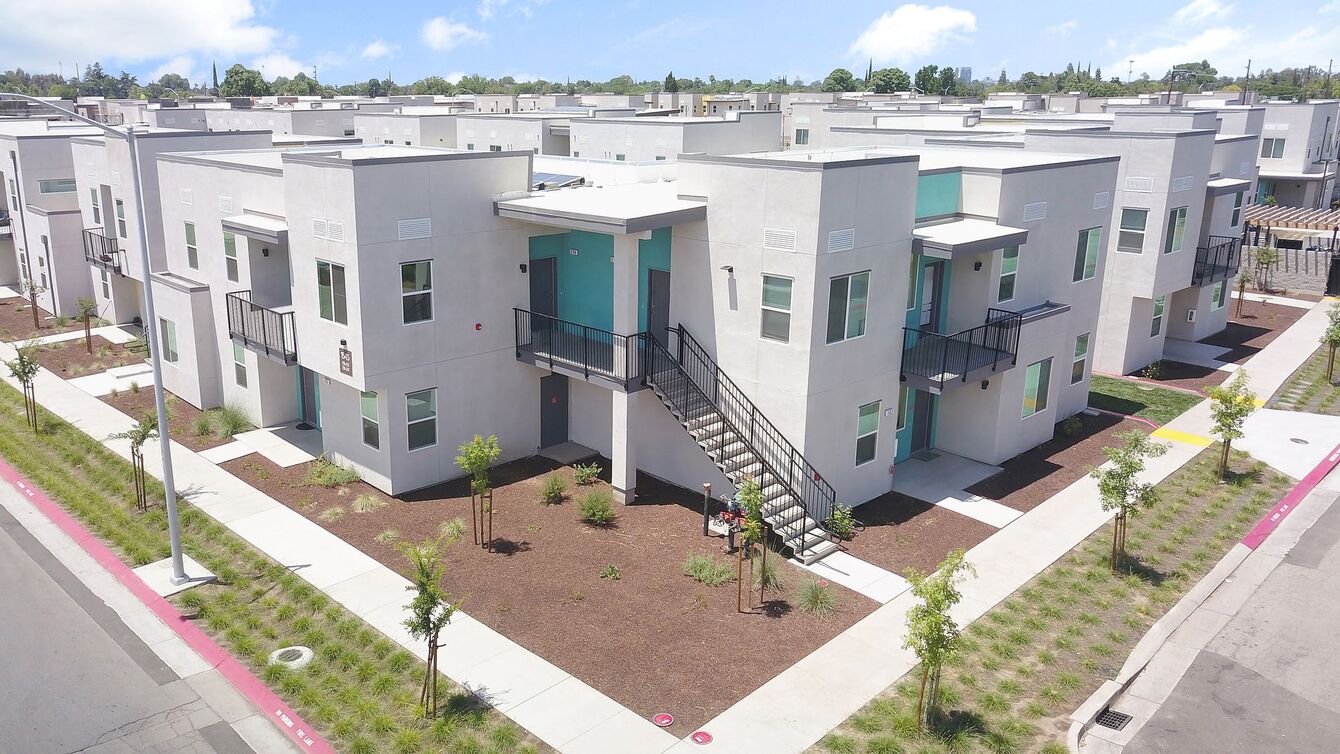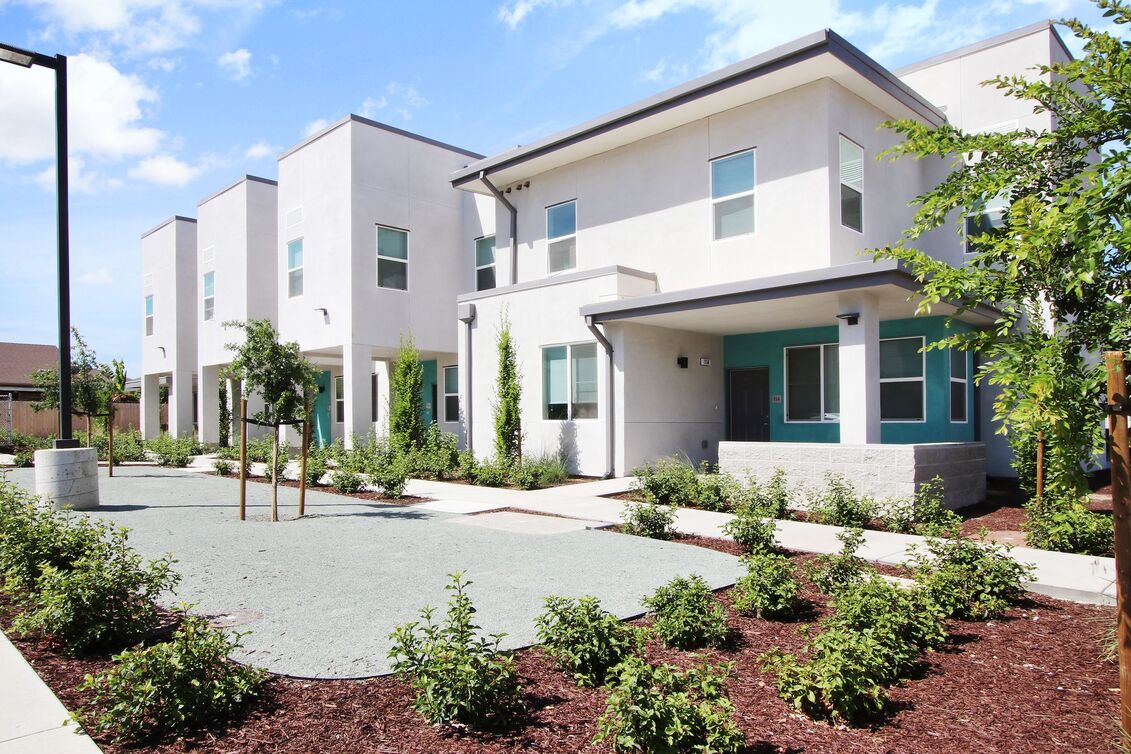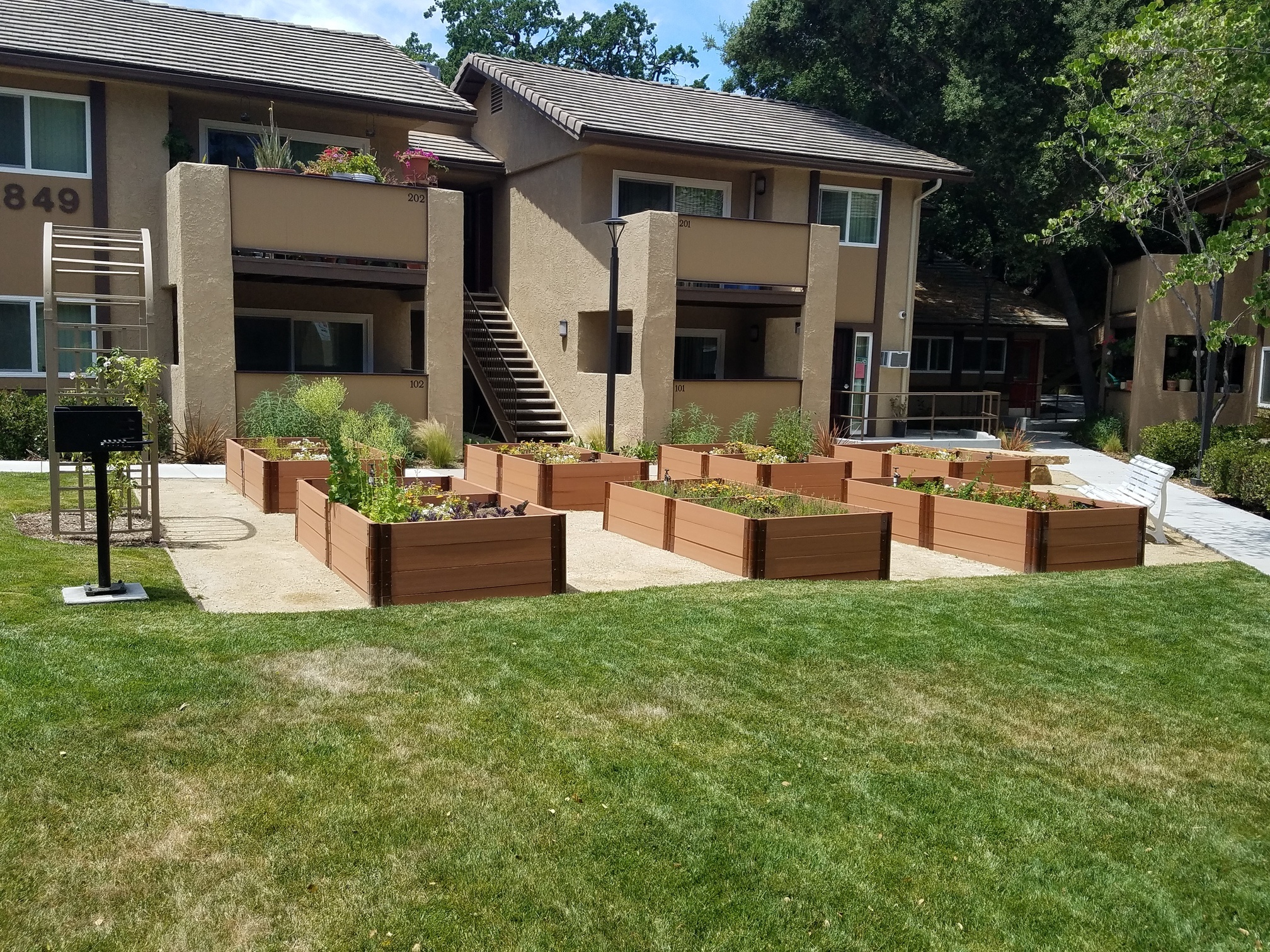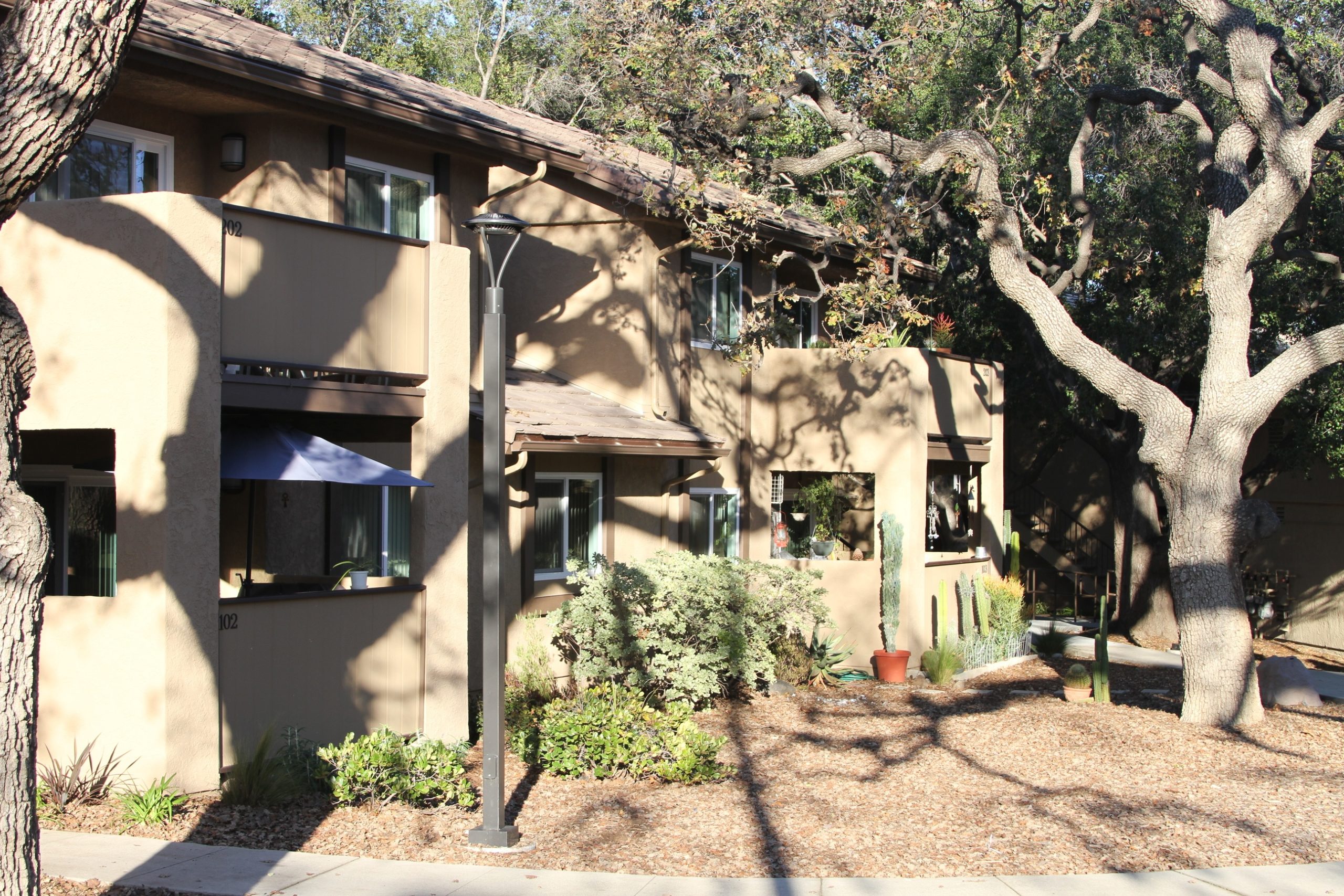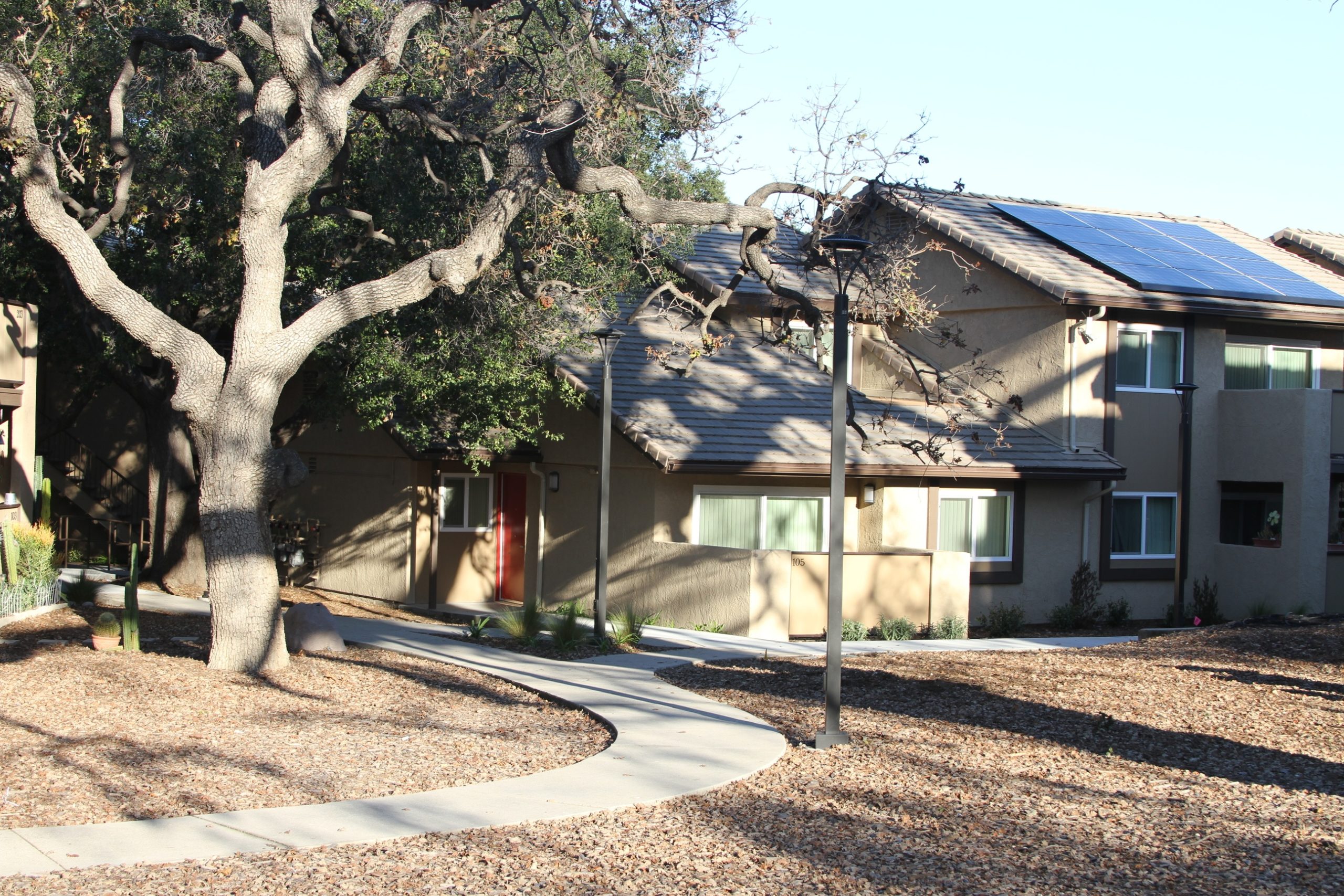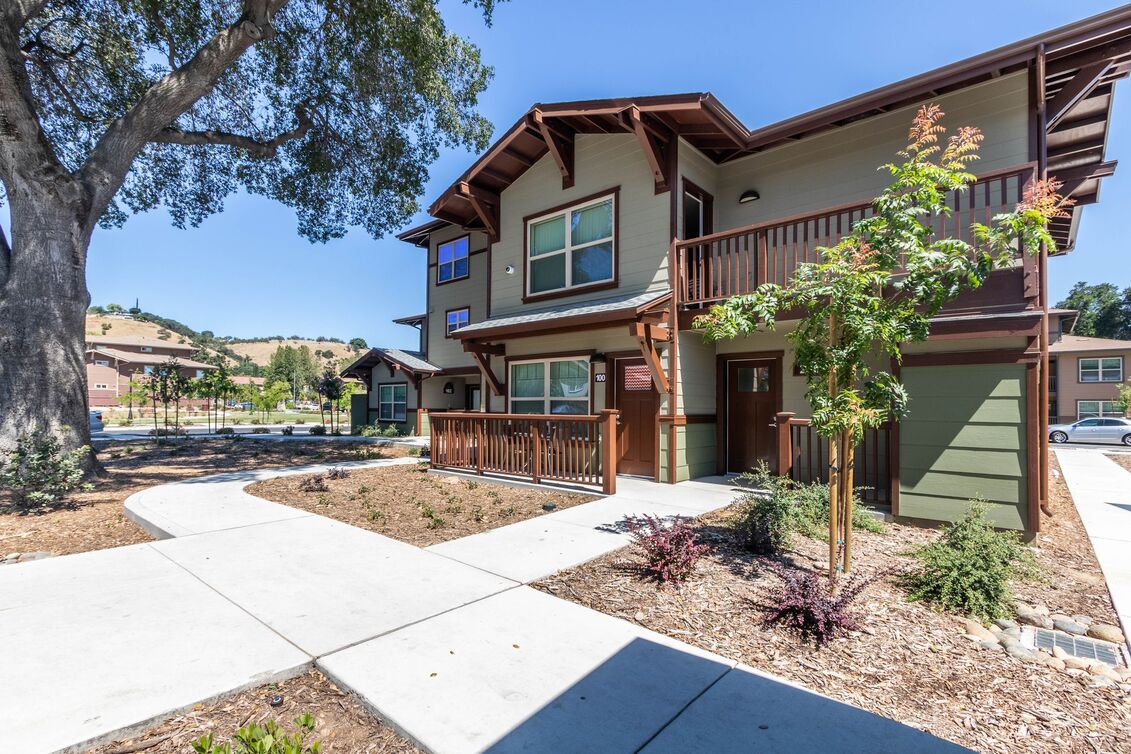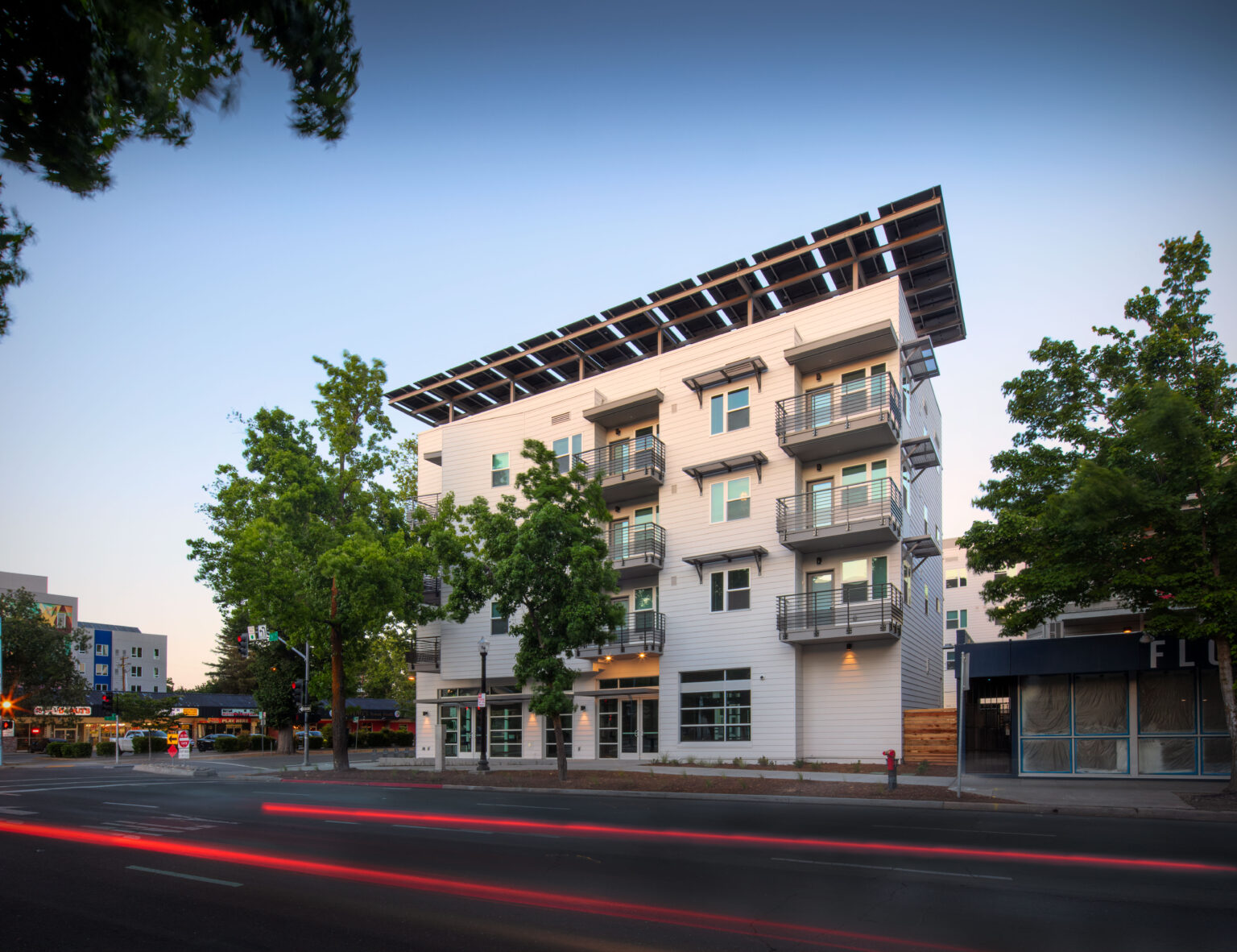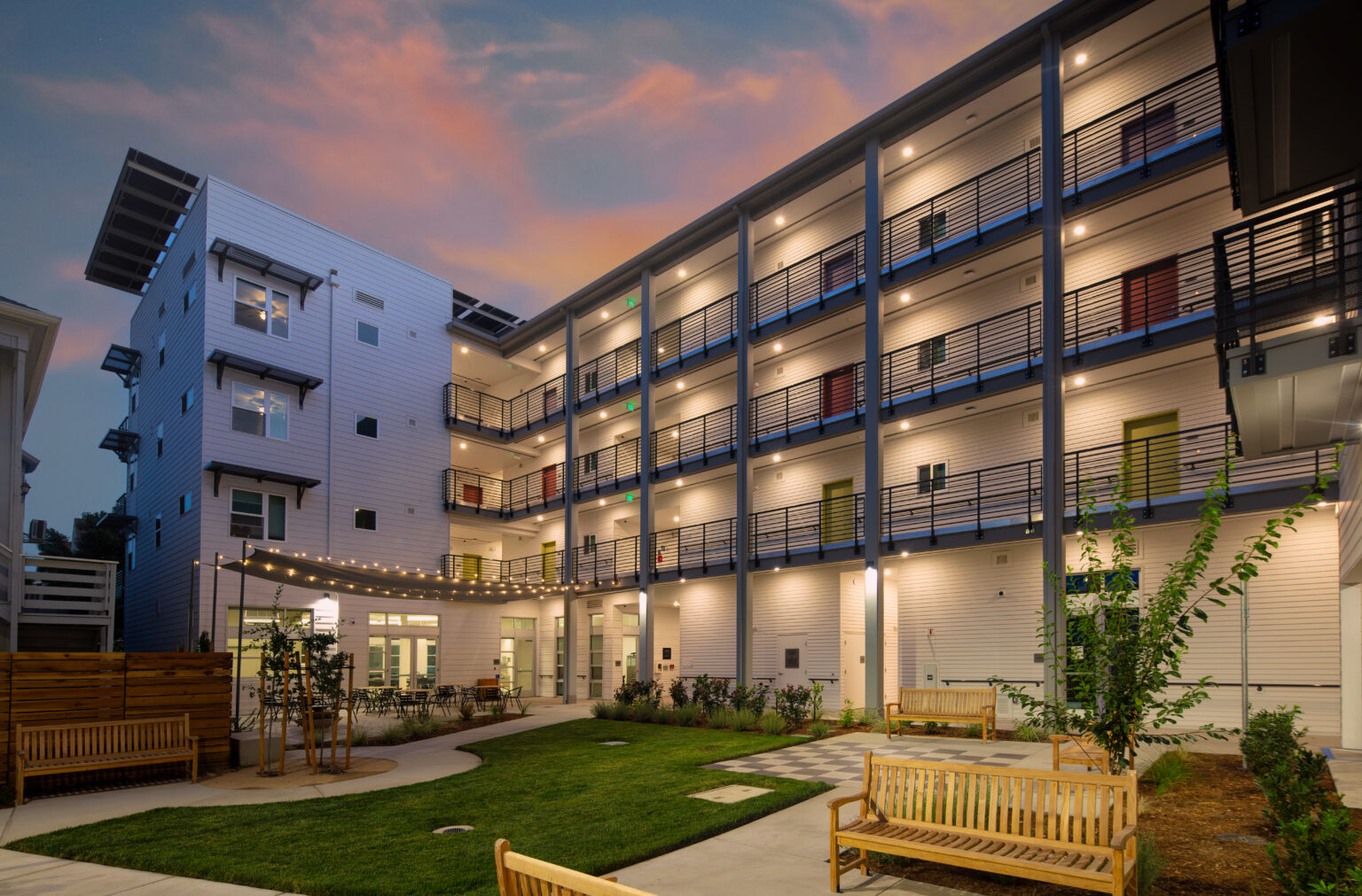The third most frequently asked question regarding energy compliance is by far the most straightforward and practical: ‘how much will this cost me?’ In short: 15 to 20 percent of your budget will most likely go into energy systems to a level that is code compliant. This much is basically unavoidable. Once this is known, the number one goal regarding energy compliance should be to keep the investment at this level, not how to bring that number down.
In this article, we will discuss the real reason that code compliance can slash the bottom line, and how to avoid the money pit that energy compliance can become.
This is the fourth post in our ongoing series on frequently asked questions about energy compliance in development projects throughout California. In this series, we cover the three most frequently asked questions in development projects and our answers to each. If you have found this post of use, you may want to check out the rest of this series.
Follow the links:
Part 1 ‒ The Top 3 FAQs About Energy Compliance in California’s Development Projects
Part 2 ‒ California’s Real Estate Energy Compliance FAQs: Why Is It Necessary?
Part 3 ‒ California’s Real Estate Energy Compliance FAQs: The Steps to Compliance
Part 4 ‒ California’s Real Estate Energy Compliance FAQs: How Much Does Compliance Cost?
Part 5 ‒ The Risks of Not Passing California’s Real Estate Energy Codes
The money pit
Many developers aim to achieve the minimum amount of points required to pass inspection. This is all fine; however, it does mean that the developer dances on a fine line. A single error or oversight could mean that the project does not pass inspection and requires on-site design changes, new materials, and extra time to rebuild. Worst-case scenario, this means a site shut-down until the system meets code and can progress to the next stage.
In order to maintain a reasonable investment via this method, the developer, or an associated party to the developer, requires three things: a full understanding of the project-specific code, the materials and building practices related to the code, and the utmost confidence in implementation. Not having someone on the team who is one-hundred percent positive of the code and implementation is a massive risk to both the budget and schedule of a development project.
The alternative is to aim for a higher amount of points, which is a greater investment but also allows more room for error. We would still recommend hiring a consultant to ensure compliance.
The timing is off
This may seem silly at first glance, but the amount of times that we have come across this in an emergency call is a few too many to leave out of this post. Timing the inspections with the stages of constructions is crucial to pass inspections. For example, making sure that the insulation is reviewed before the drywall has been installed is a must.
These sorts of problems come from a lack of communication, so ensuring that there is someone paying attention to the timing is crucial for a successful development process.
Paperwork
During the implementation of systems, a certain amount of paperwork has to be filled out by the builder. For instance, for every unit of an air duct when adding HVAC systems, a sheet has to be filled out. If every form is filled out, when it comes time for reviews, one in seven of the units has to be reviewed.
However, if the paperwork is not filled out, or not filled out completely or incorrectly, then every single one of the units has to be examined. This is up to the builder, but without the correct training according to the project-specific code, not every builder is aware of the risks. The result of a simple error like this is an eighty-five percent increase in reviewing costs and potential rebuilds.
So, to tie this all up – 15 to 20 percent is the investment for successful energy compliant systems, and this is in the budget. Anything beyond that can and should be mitigated unless a specific goal is defined prior to the investment.






